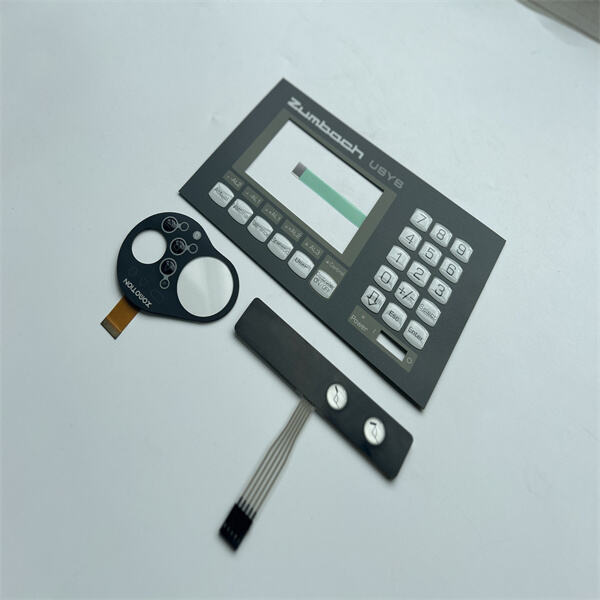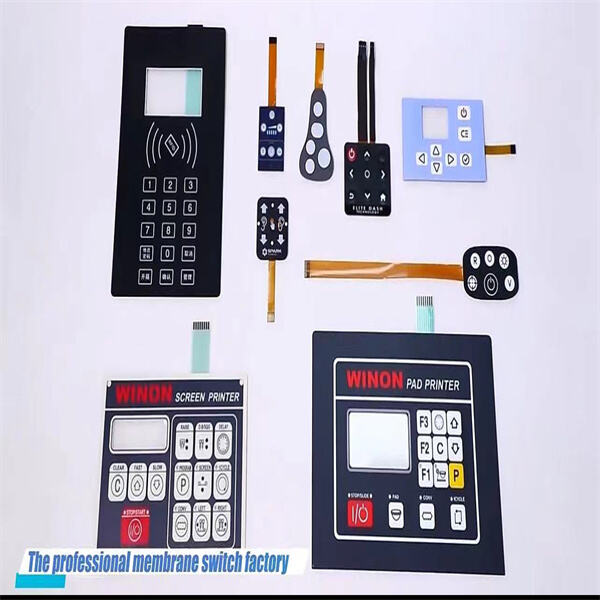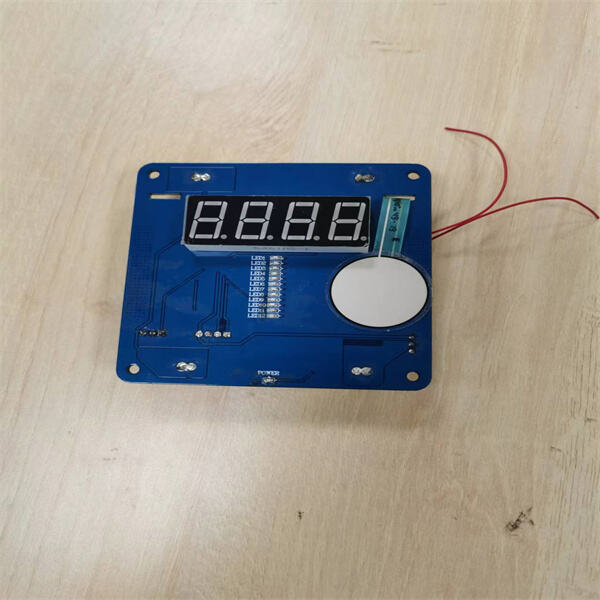FSR406, or force-sensing resistor 406, is a sensor that can measure the weight or pressure of a given object. This means that devices using FSR406 technology can detect touch and pressure. More sensitive than FSR402, and also can work in more harsh environment. This sensor varies resistance based on the amount of pressure, thereby allowing a wide variety of applications to be powered effectively.
FSR406 technology is currently being implemented across different sectors including but not limited to Robotics, Virtual Reality etc. One of the main ways it is revolutionizing the tech industry is in the use of touchscreens. Capacitive or resistive touch technology is widely used for traditional touchscreens, but fsr circuit provides a more sensitive and fast touch response. This means touch can be detected even over the lightest possible touch, minimizing errors and making touch more intuitive and responsive.
AFR is also deployed in robotics as applied to robot hands to provide increased dexterity and accuracy, in addition to touch screens. Robotic hands can utilize FSR406 sensors with ease, and engineers can build a more capable robot with the ability to pick up and handle objects more sensitively. This creates new opportunities for robots to perform tasks they were previously too imprecise or fragile to execute.
Just like with any kind of technology, there are some advantages and disadvantages to implementing FSR406 in your projects. FSR406 has good sensitivity, response speed can be very fast, you can increase your device's user experience. Whether you’re developing the next video game console or a cutting-edge medical device, tech like the Soushine fsr pressure sensor can enable you to bring to market more responsive and human-centered products.

But a possible disadvantage of FSR406 is the price. Although FSR406 sensors are used in a sense of relatively new and advanced techniques, their price is generally higher than those of a conventional touch sensor used previously. This implies that using FSR406 in your designs might be more expensive. Moreover, FSR406 sensors can necessitate intricate programming and calibration, which may be burden of difficulties to developer who don’t have any experiences of this technology.

Even with some obstacles in the way, this new Soushine FSR406 technology is virtually unlimited in potential. It means more immersive VR environments or more reactive medical devices all made possible with FSR406. With the right skills and the imagination, developers can use fsr sensor to explore the limits of what’s achievable in tech.

With the development and improvement in Soushine FSR406 technology we can be sure to see more impressive applications in the future. From smart homes to wearable, FSR406 could change how we interface with the environment. SM What can we look forward to in future teams and work that involves FSR406 (what will it do in future)? And as developers or engineers who do work with FSR406, can we expect better, faster, more intuitive technology?


Copyright © Dongguan Soushine Industry Co.,Ltd. All Rights Reserved - Privacy Policy